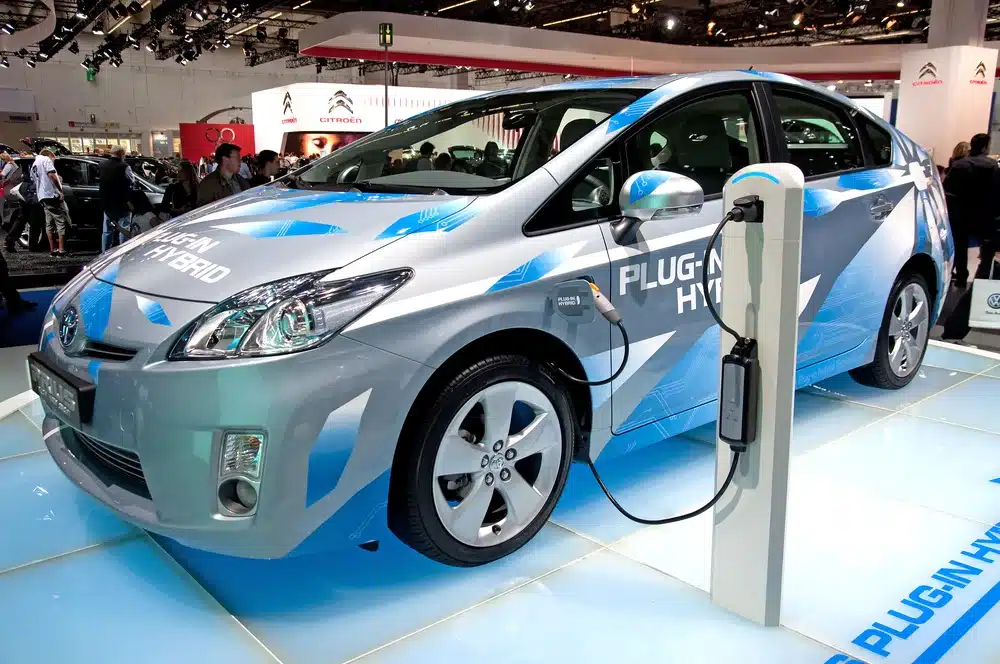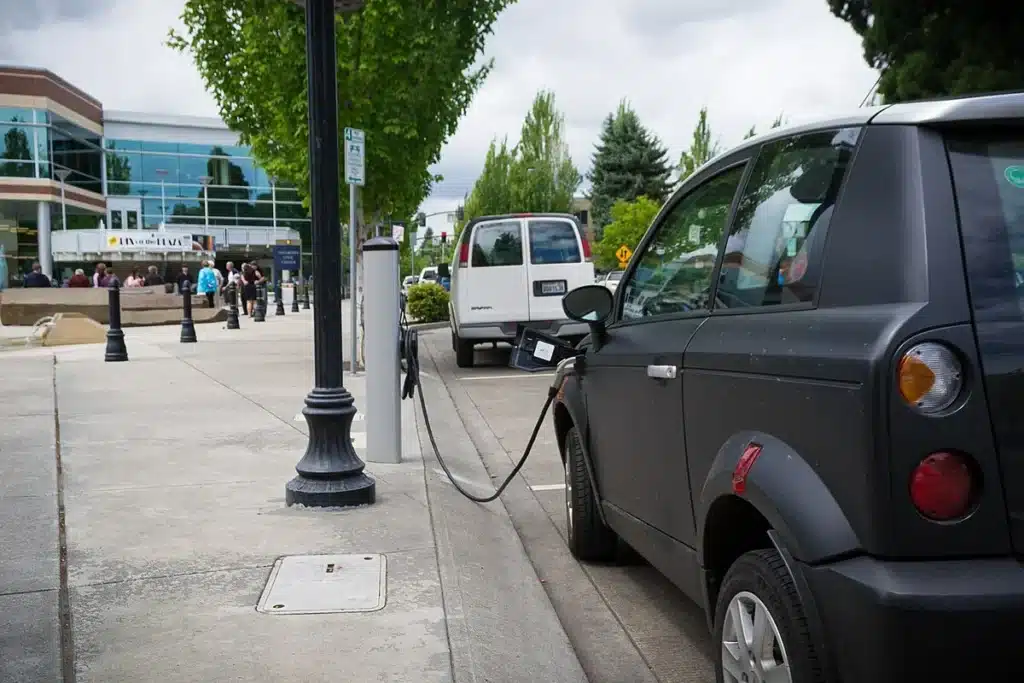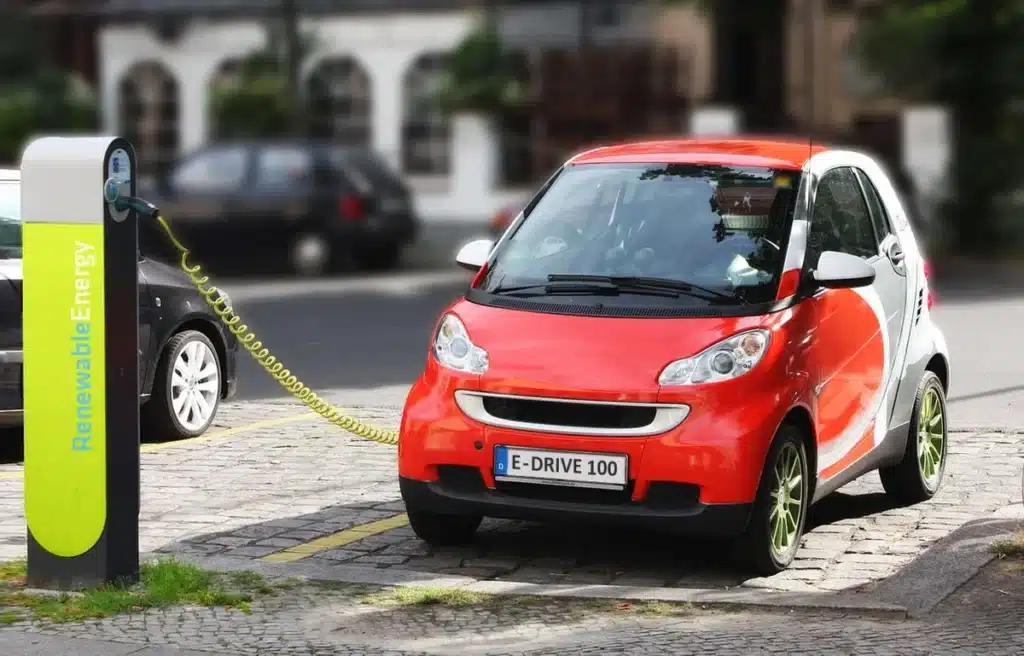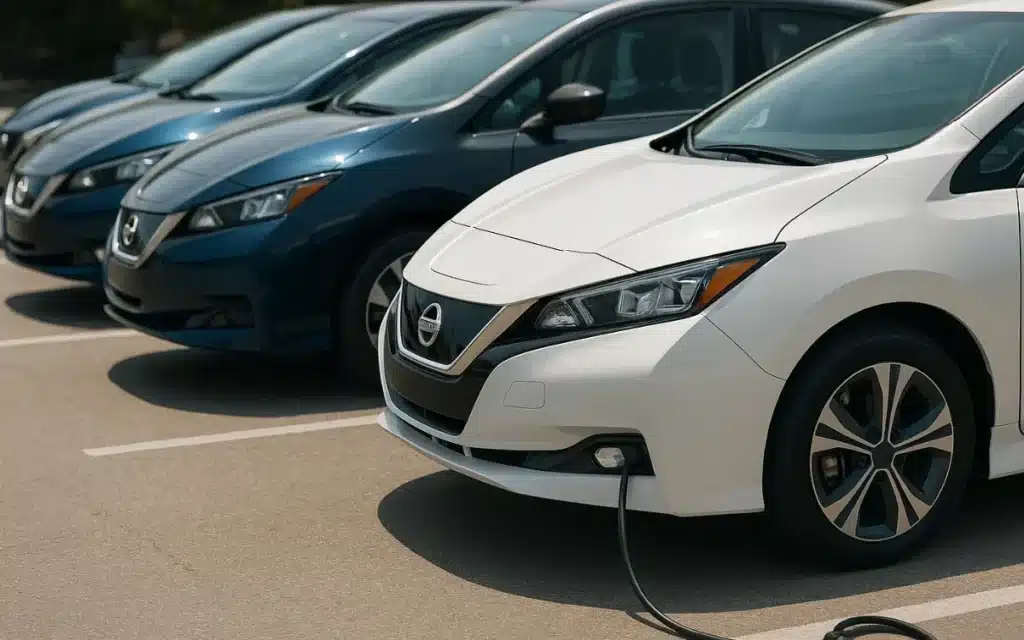This is what would happen if everyone switched to EVs overnight and gas cars vanished
Published on Aug 25, 2025 at 3:28 PM (UTC+4)
by Ben Thompson
Last updated on Aug 22, 2025 at 3:00 PM (UTC+4)
Edited by
Kate Bain
This is what would happen if everyone switched to EVs overnight and gas cars vanished.
Researchers at MIT took a look at this hypothetical scenario in light of increasing moves towards electric cars.
MIT researchers estimated that EVs would account for between eight to 10 percent of global electricity demand by 2035.
That’s 20 times more than what they consume today – so how are we going to rise to the task?
EXPLORE SBX CARS – Supercar auctions starting soon powered by Supercar Blondie
If everyone switched to EVs and gas cars vanished, this is how it’d look
There’s been a big push to get more people driving electric cars in recent years.
As things are currently going, it’s estimated that they’ll account for eight to 10 percent of global electricity demand within a decade.
But let’s look at a hypothetical – what if everyone eventually switched to EVs and gas cars vanished?

How much electricity would be needed in that case?
Various studies have shown that it would put quite the demand on the United States’ total electricity demand.
It could account for somewhere between 13 and 29 percent of all the country’s electricity use.
If all cars bought after 2035 were electric, the electricity needed to charge them would reach over 900 terawatt-hours by 2050.
By way of comparison, Americans use around 4,000 terawatt-hours of electricity per year.

However, it’s not an impossible task to meet.
Power plants often hit maximum capacity at ‘peak demand’, which can be a hot summers afternoon when people are using air conditioners en masse.
The rest of the time, there’s ample power to go around, and a lot of spare capacity if demand was to spike.
Because EVs can be charged wherever they are parked, a full transition to electric driving could take advantage of spare power capacity.
Jessika Trancik, a professor at the MIT Institute for Data, Systems, and Society, said that more chargers need to be installed in places people regularly park.
One such place should be people’s workplaces, as this would give people the opportunity to charge throughout the day.
She said this wasn’t just about convenience.

This would be preferable to everyone charging in the evening, when demands peak, she said.
Other ideal locations would be public street parking, parking lots, garages, and driveways.
“If we do this right, a transition to EVs could do a great deal to slow climate change, without badly straining the grid,” MIT’s report concluded.
What else can we expect?
The EV market is growing faster than most of us can keep up with.
As demand grows and EVs become more widely used, we’ll learn more about these cars.
A recent study has found that they’re getting cheaper to repair as they become the ‘new normal’.

Another discovered that EV batteries actually last longer than we initially thought.
And with one revealing that EVs can easily outlive their gas counterparts, things are looking bright for our EV future.
Here’s hoping we just get the infrastructure worked out.
DISCOVER SBX CARS: The global premium car auction platform powered by Supercar Blondie




